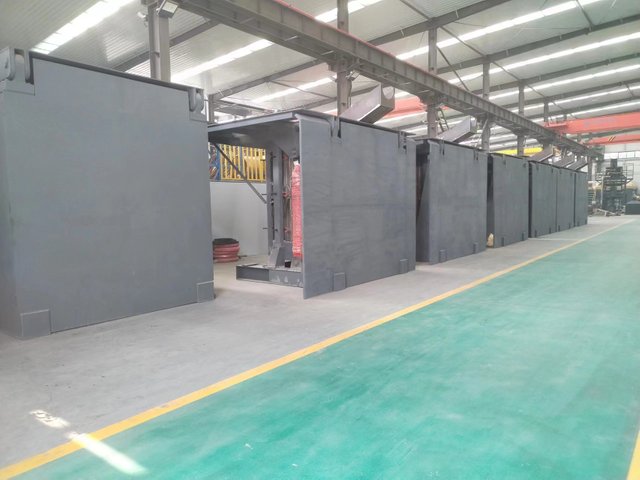casting production line
Generally speaking, a casting line is a manufacturing process in which molten metal is poured into a mold to create a solid object of the desired shape. Here is a simplified overview of how casting lines typically work:

· Model making:
However, the process begins with the creation of a model, which is a replica of the object that will eventually be cast. Patterns are usually made of wood, metal or plastic.
·Mold making:
Casts are used to make molds, usually made of sand, plaster, or metal. It consists of two halves, an upper mold (top) and a lower mold (bottom), which fit together to form a cavity in the shape of the desired object.
· Prepare the mold:
Before pouring molten metal, the mold cavity needs to be prepared. This may involve using a release agent to prevent sticking, assembling the core (used to create internal features) if necessary, and venting the mold to allow gases to escape.
· Melting and Pouring:
The metal is melted at high temperatures in a furnace and poured into the mold cavity through a gating system that includes channels and runners designed to deliver the metal into the mold efficiently and without turbulence.
·Cure:
Basically after pouring, the molten metal begins to solidify in the mold cavity. The time required to solidify depends on factors such as metal type, temperature, and casting design.
· Cooling and demoulding:
After the metal solidifies, the mold can be further cooled to ensure that the casting is completely solidified. Then, open the mold and remove the casting.
· QC:
This may involve visual inspection, measurement and non-destructive testing techniques.
Finally, throughout the production line, efficiency, safety and quality are paramount considerations to ensure that castings always meet the required standards.